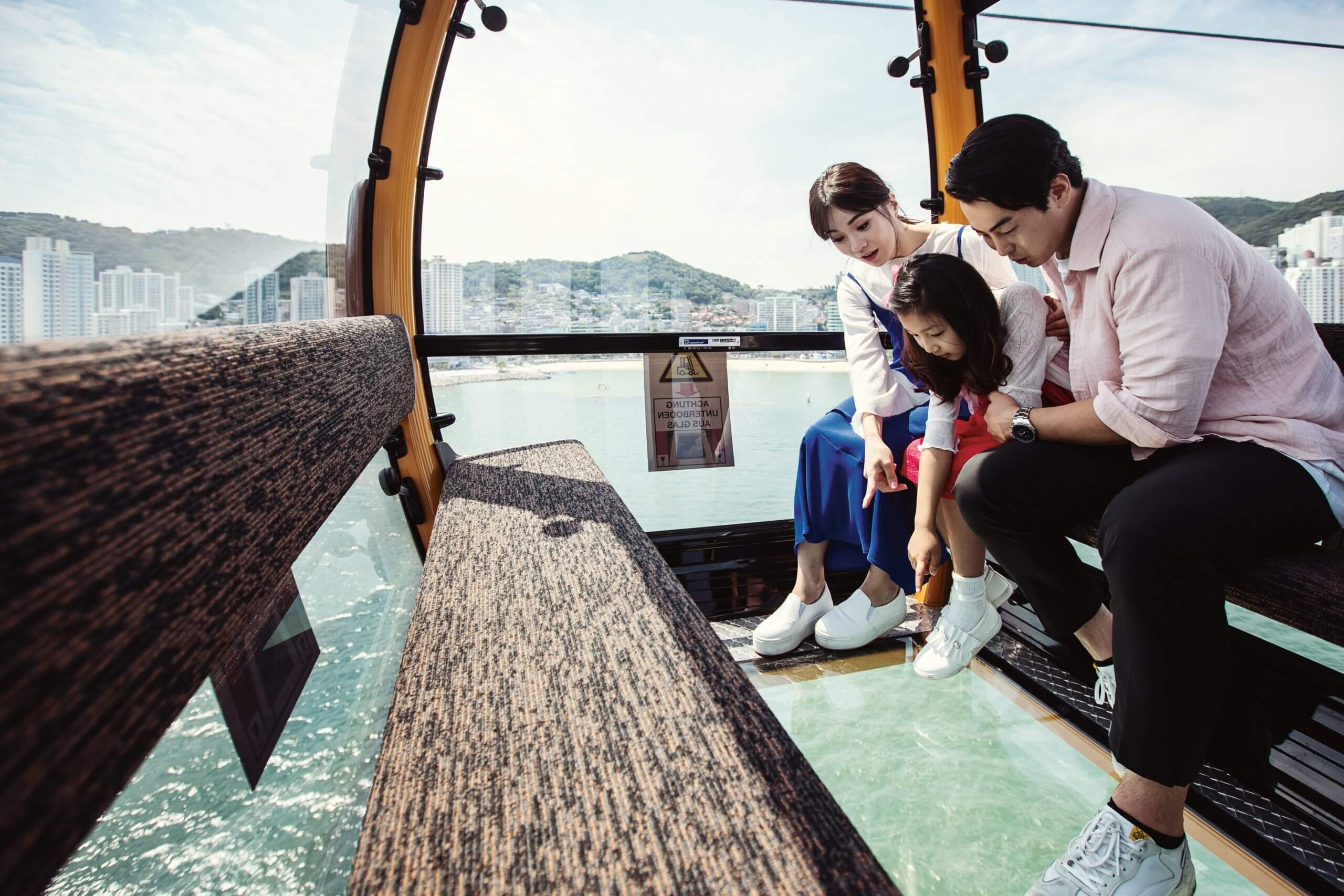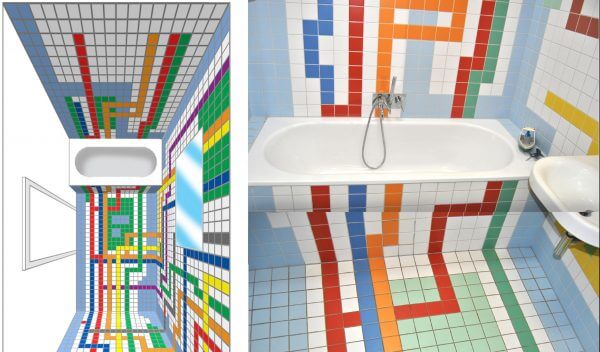
Cities, SI World 2/2019
Public transport: Moving more than ,,just,, people
In his keynote speech to this year’s UITP held in Stockholm, the author and artist Christoph Niemann emphasized an aspect of the transport industry that is often overlooked – transport of emotions! The central theme of his speech was this: “The moment I see a city’s transit system, I feel like I understand the place.”
But public transport can do so much more than just generate the feeling of understanding.
In Vienna, the relief of lost tourists is instantly visible when they finally see the large blue letter “U” marking the entrance into a U-Bahn (subway) station. In La Paz, public transport is considered a chance for a better life by many locals.
But naturally, not everyone always perceives this easily accessible connection so positively. Especially during the summer, the emotions of travellers in overcrowded bendy buses in a hot city are rather mixed.
Then again, for those seeking protection from the pouring rain, the countless public transport places offering shelter are more than welcome. For children, public transport represents freedom and a first opportunity to become independent.
A public transport network represents much more than just a connection between two points and the passengers’ awareness of this fact will hopefully grow with time. In many places, it is already so: in London, the locals cannot imagine living without their famous red buses; Koblenz residents, too, love their cable car which was built during the 2011 garden exhibition.
A more recent example can be found in Tokyo. The hype around the little Pokémon monsters remains unbroken since their invention in the 1990s. The Japanese are very proud of this their export hit.
This excitement is now to be transferred also to the area of public transport – Tokyo’s new monorail has been designed in the Pokémon style. Tentatively from 2020, the Pokémon cable railway will run on a major route between the airport and the city centre.
This is a good example of how enthusiasm about a popular franchise can extend also into public transport.

„This is the bathroom I designed for our place in Berlin when we moved there from NY. Our kids were so in love with the NYC subway that I
thought this would ease the transition. When I first showed it to my then 6 year old, I expected a tearful thank you. He looked at it for 20
seconds, then said „the JMZ trains are missing“ turned around and left,“ tells Niemann. Photo: Christoph Niemann
CHRISTOPH NIEMANN ARTIST, AUTHOR AND ANIMATOR
He is an artist but in his heart he is just as much an advocate of public transport. Christoph has a genuine interest in public transport and regularly draws artistic inspiration from cityspecific means of transport. His love for them shows clearly in his wall painting designed for the train station in Wannsee, a district of west Berlin.
Transport of people and emotions
When considering the future of public transport systems, the key words that occur at first are usually transport capacity and departure intervals. But
urban transport also needs heart.
Christoph Niemann is convinced that: “Just like art, public transport is a part of the city’s culture and we, as advocates of sustainable mobility, must work at our end to romanticize public transport and change the way it is perceived.”
There are countless success stories and studies on how „This is the bathroom I designed for our place in Berlin when we moved there from NY. Our kids were so in love with the NYC subway that I thought this would ease the transition. When I first showed it to my then 6 year old, I expected a tearful thank you.
He looked at it for 20 seconds, then said „the JMZ trains are missing“ turned around and left,“ tells Niemann. Photo: Christoph Niemann emotionalizing a brand has createda customer loyalty effect. However, inner-city transport has only rarely been marketed as an emotional experience.
“We must abandon the idea that pub-lic transport only moves people; we must also move hearts and mind,” concludes Niemann. He likes to share the example of his children to illustrate how much emotion can be found in public transport.
His children grew up in New York City and loved its subway. They tried to learn the names of different lines and stops by heart and could not get enough of the rides. Niemann is convinced: “… this made it possible for them to experience the city in their own way.” tm







